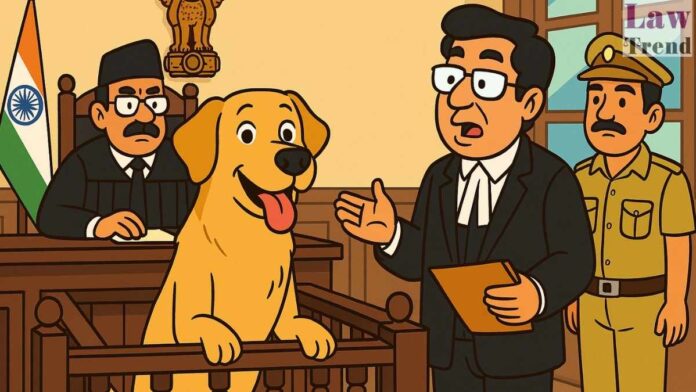In a landmark judgment reasserting the evidentiary standards required in criminal trials based on circumstantial evidence, the Orissa High Court held that police dog tracking cannot be treated as substantive evidence unless corroborated by independent proof. The Court dismissed the State of Odisha’s plea for leave to appeal against the acquittal of two men in
To Read More Please Subscribe to VIP Membership for Unlimited Access to All the Articles, Download Available Copies of Judgments/Order, Acess to Central/State Bare Acts, Advertisement Free Content, Access to More than 4000 Legal Drafts( Readymade Editable Formats of Suits, Petitions, Writs, Legal Notices, Divorce Petitions, 138 Notices, Bail Applications etc.) in Hindi and English.




